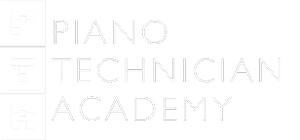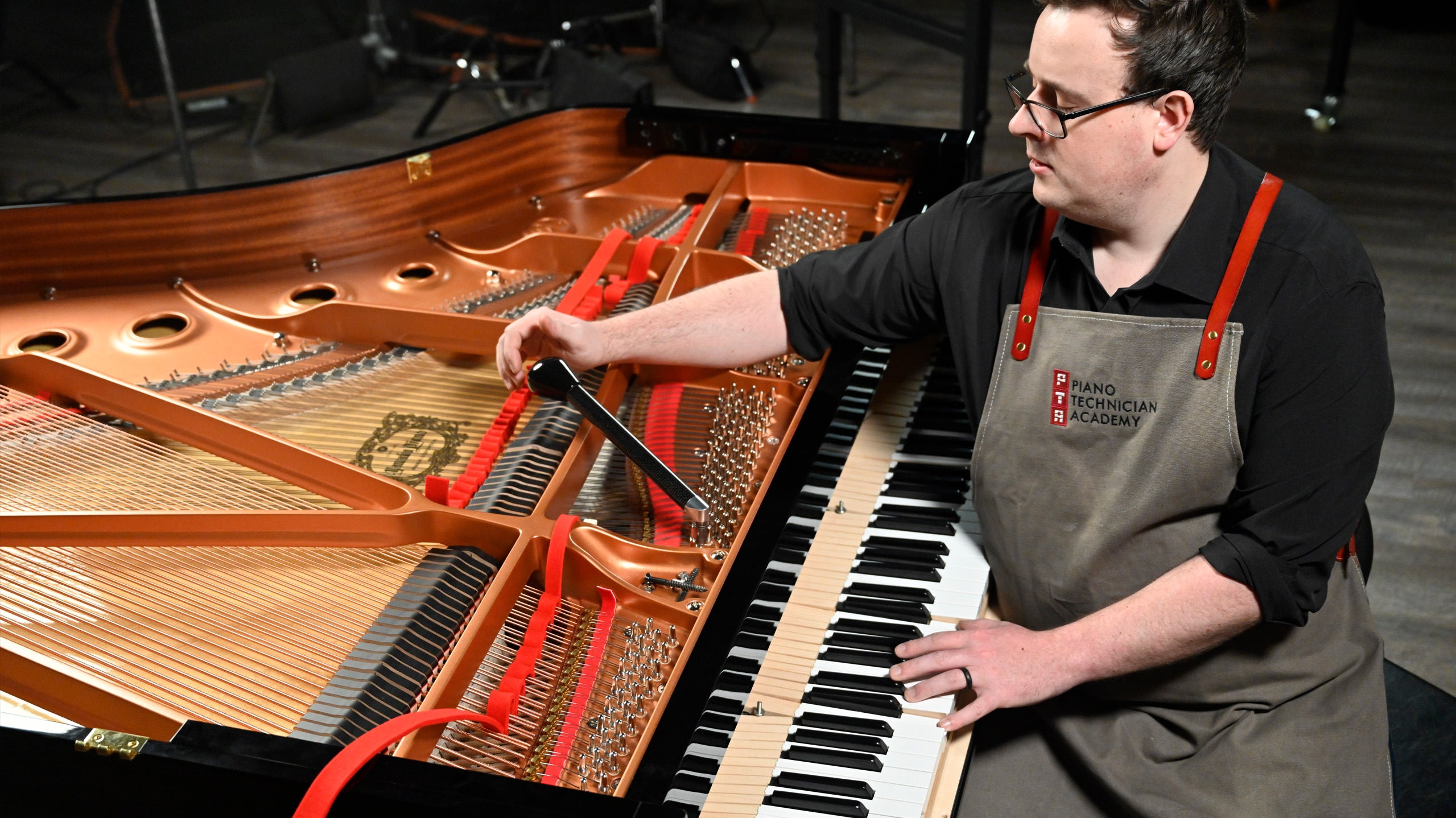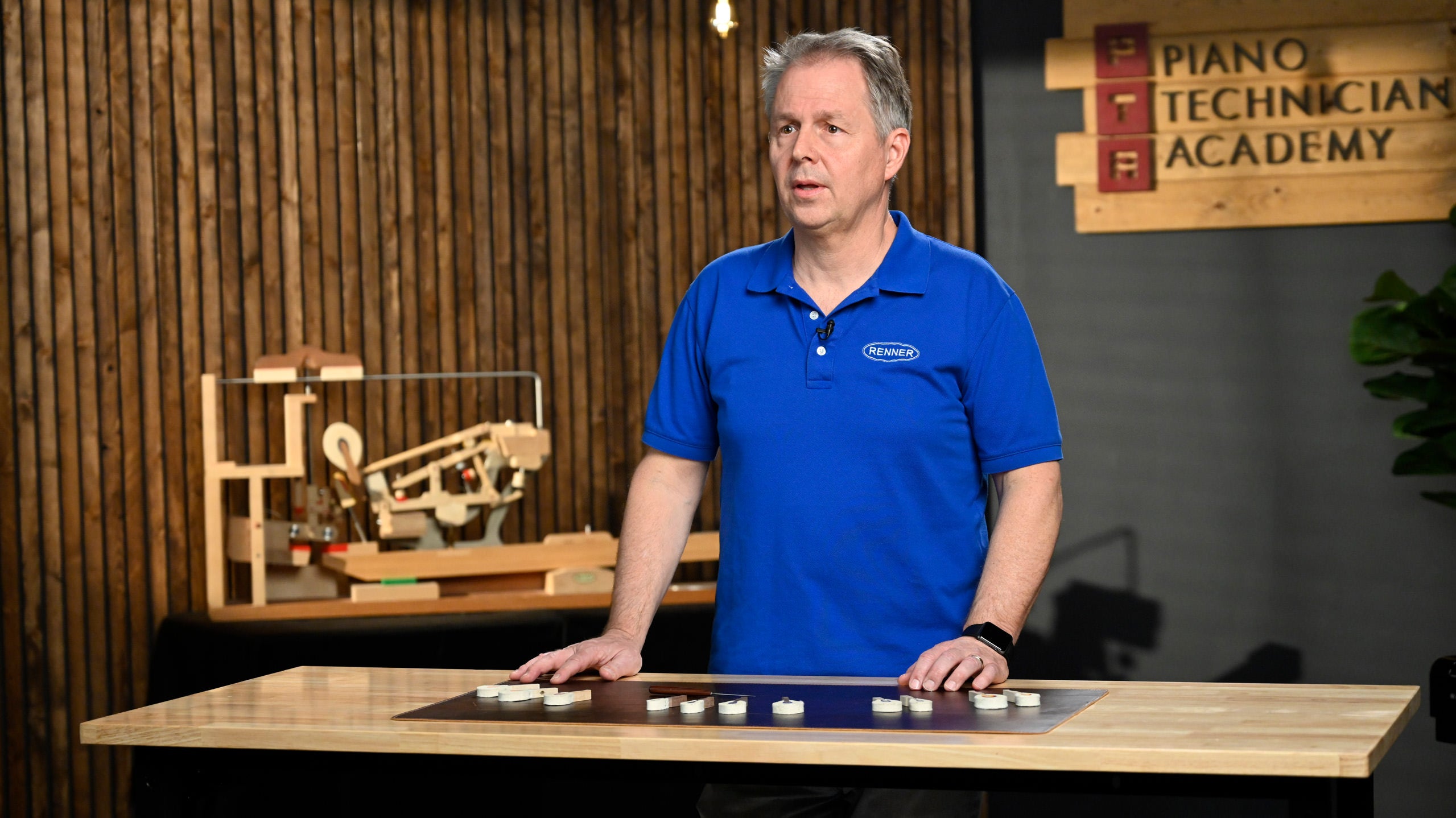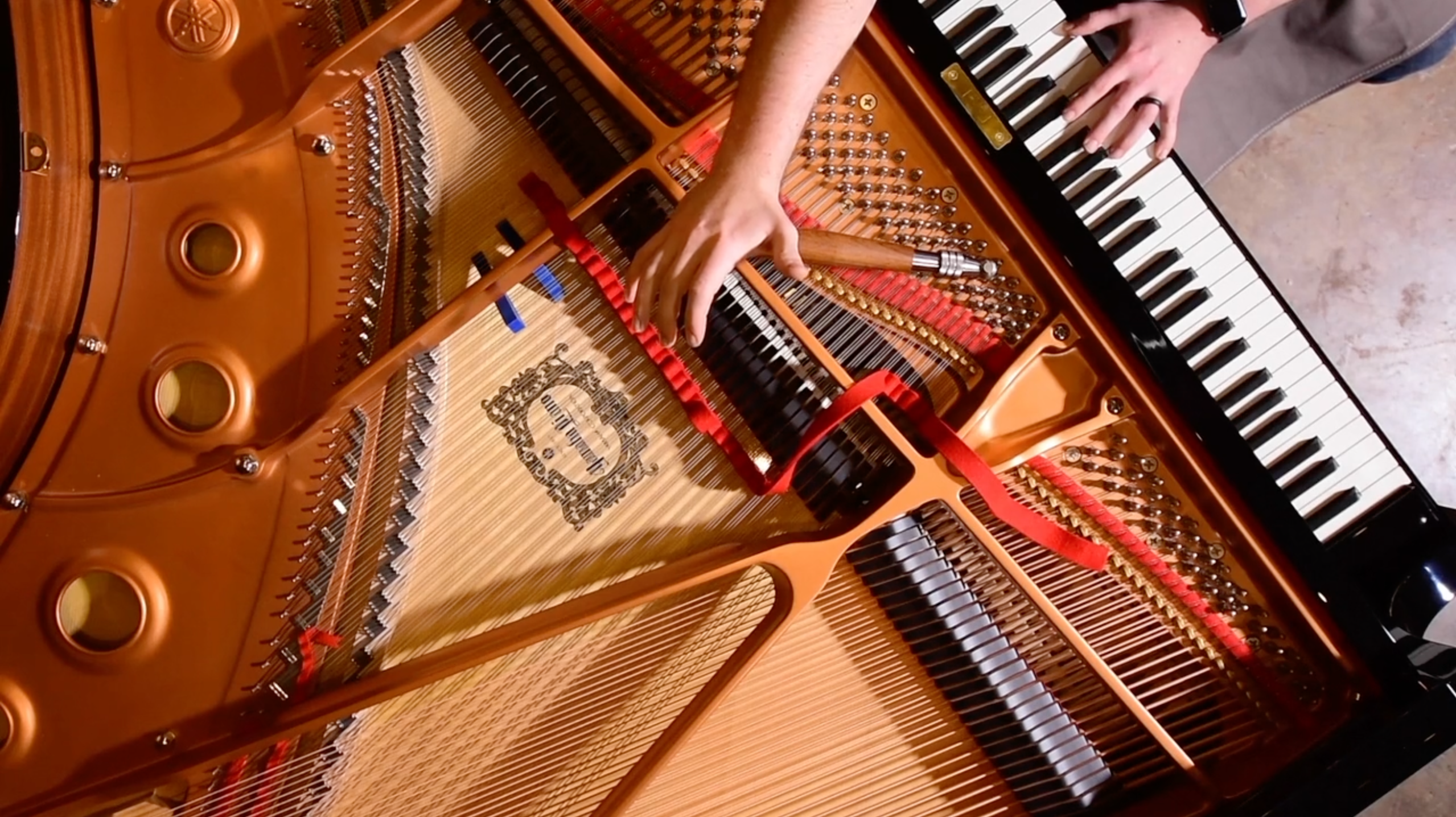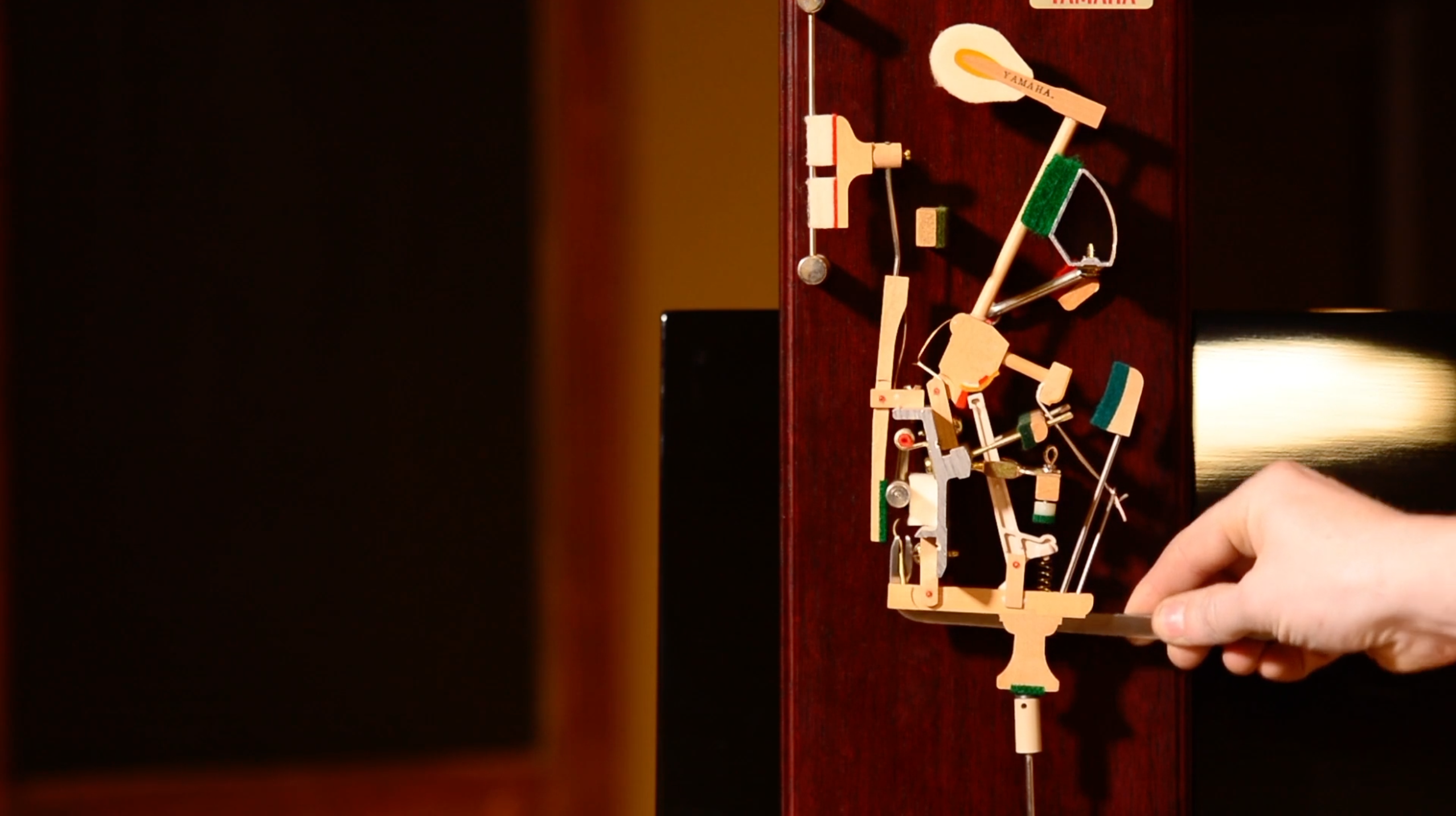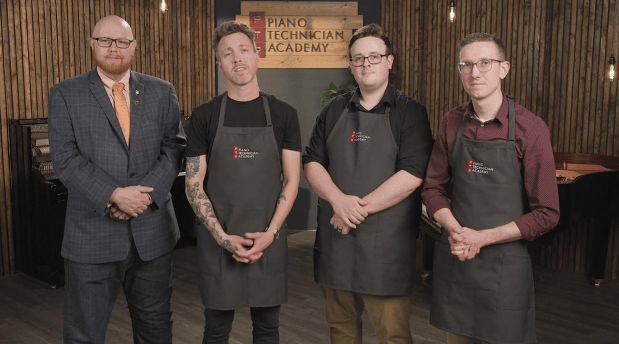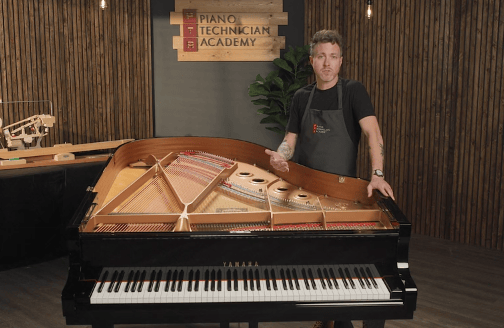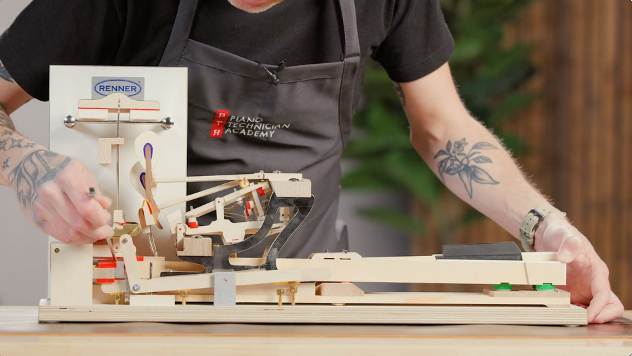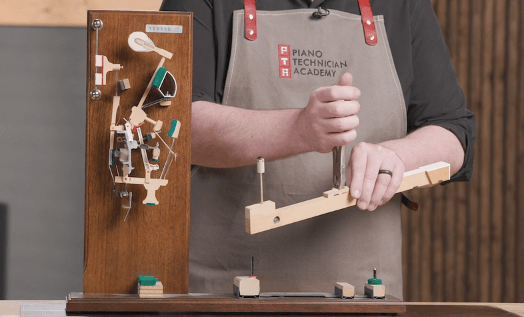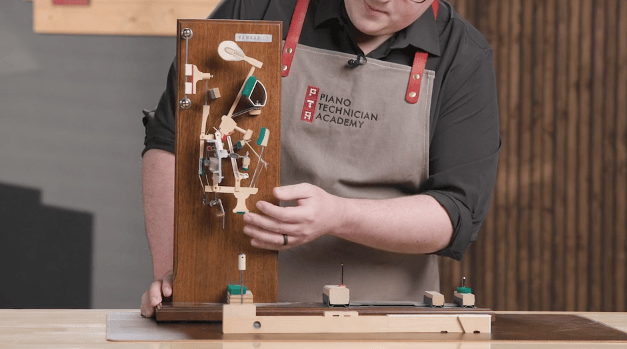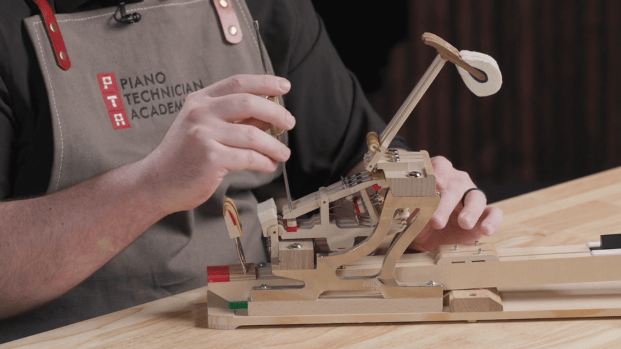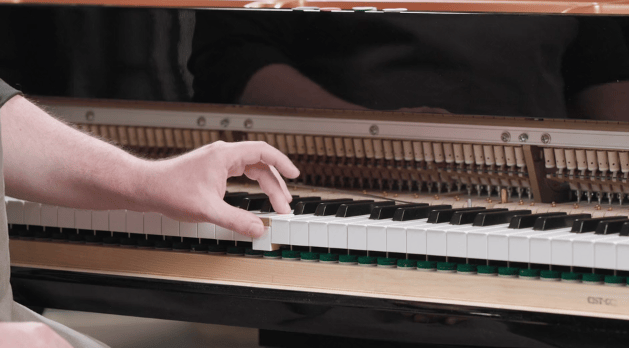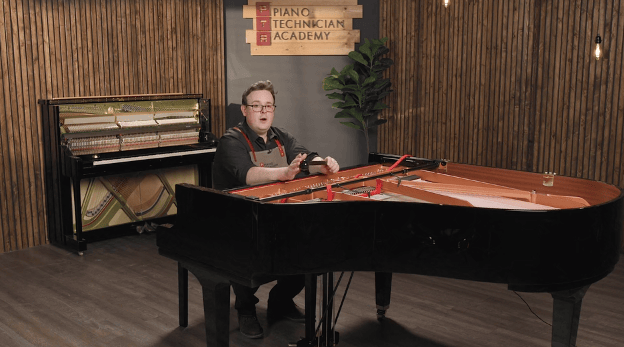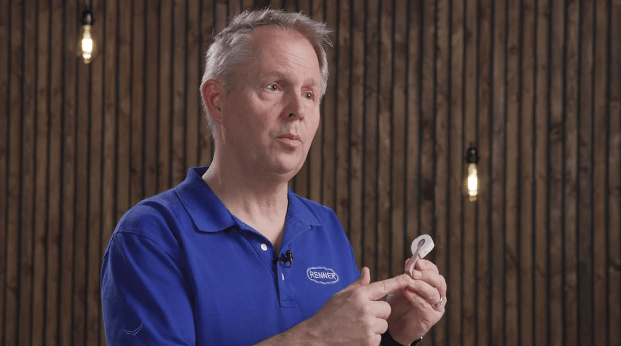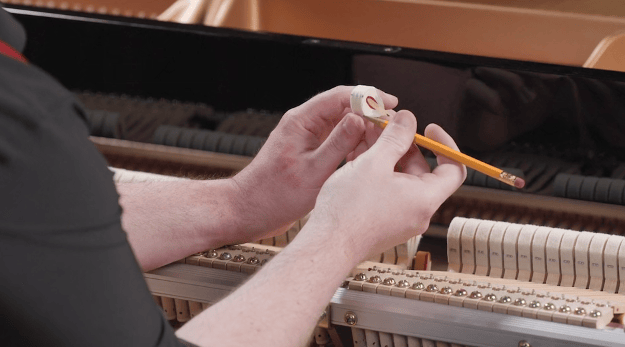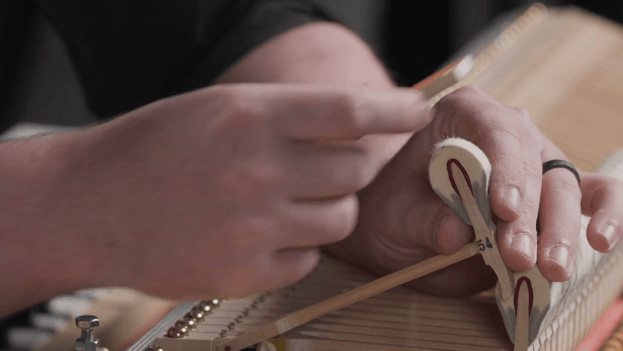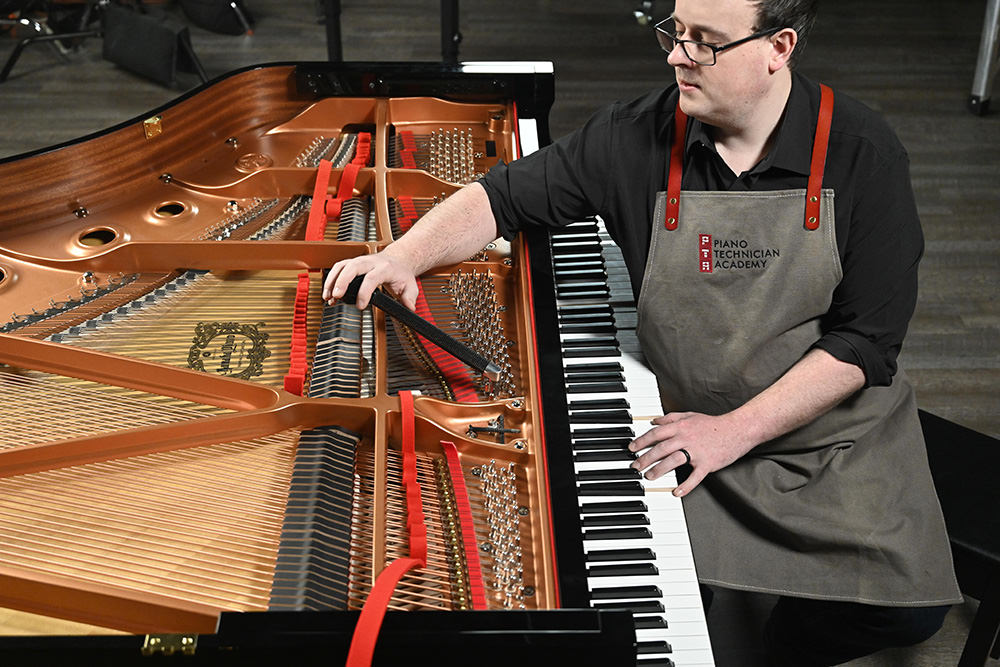The PTA Apprentice Course is our solution to the growing need to quickly and efficiently train the next generation of piano technicians working with a mentor. The material is identical to our main Piano Tuning & Repair course but with the business lessons removed so that you can teach your apprentice the things that makes your business unique. Group/bulk discounts are available by reaching out to support@PianoTechnicianAcademy.com.
This course is for students working with a mentor only. If you are not working with a mentor, please enroll in the regular Piano Tuning & Repair Course.
$1,800 · or Bundle & Save

